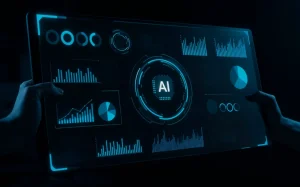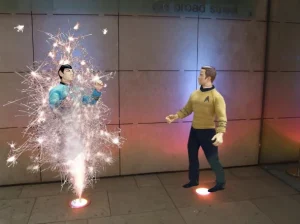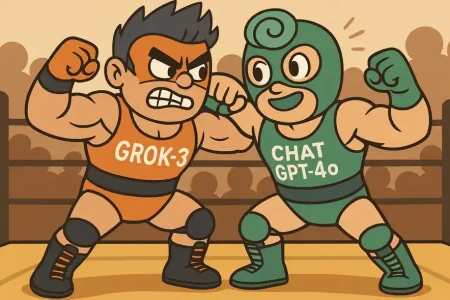Biology has largely been digitized and we are at the cusp of hacking and cracking the code of life itself finds Satyen K. Bordoloi as he says that humans living to 150, or more, is in the anvil.
When Elon Musk introduced NeuraLink to the world, everyone gasped, few for the right reasons. Most understood its intention as connecting brain neurons so we can move things with the mind. That is a low-hanging fruit. What Musk wanted to achieve – whether he realises it or not – is the pinnacle of Digital Biology aka synthetic biology sometimes aka biohacking – an informational connection between the digital and analogue world.
Musk set up NeuraLink as a competition for superintelligence of future AI, to turn humans into cyborgs so we can be as fast at information as AI. Ignoring Musk’s non-stop AI xenophobia, the goal of turning humans into cyborgs is real and will have a profound impact on the world. At the core of it is digital biology.
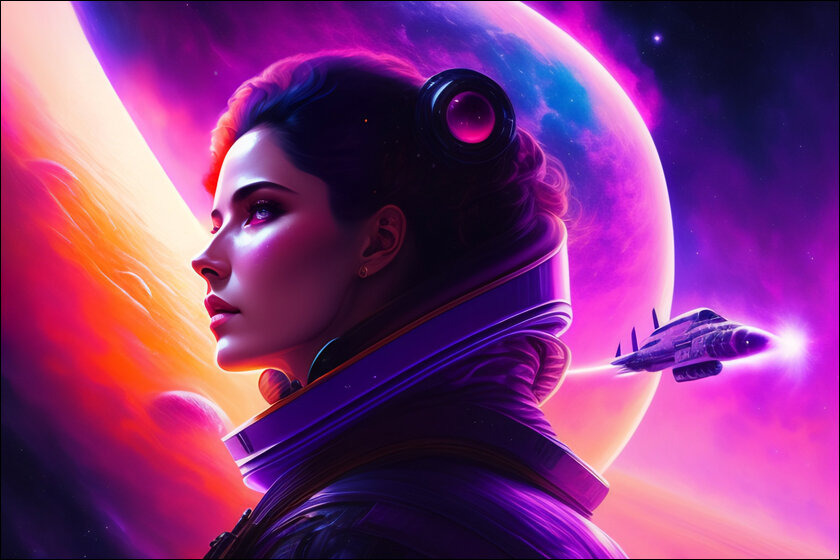
Understanding Digital Biology?
Google Bard says, “Digital biology, also known as synthetic biology, is a rapidly emerging field that uses engineering principles to design and build new biological systems. By understanding the fundamental principles of biology and engineering, synthetic biologists can create new organisms with desired properties, such as the ability to produce new chemicals or fuels, or to resist disease.” True, but this does not even begin to touch the magnificence of the field.
To do that we have to turn to visionaries. Steve Jobs said, “The biggest innovations of the 21st century will be at the intersection of biology and technology. A new era is beginning.” Natasha Bajema wrote in 2018 that, “Biology is en route to becoming a branch of information technology,” while Amy Webb contended that synthetic biology has given us write-access to life.
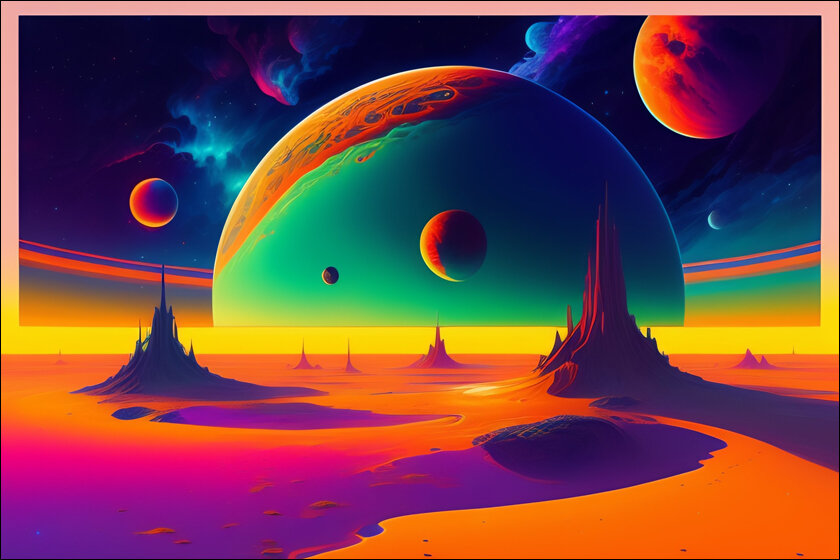
Life is a marvel of organization and complexity honed over billions of years. This intricacy is in everything, from unicellular organisms to super complex humans. The basic understanding of life and biology has helped us develop methods and medicines to double life expectancy in less than a century, from around 30-40 to 70-80. But with current knowledge, it is impossible to match this feat in the next century. How do you go from 70-80 to 140-150? Impossible you say, but science does not. If digital biology keeps going the way it is currently, humans might begin hitting 130-140 within half a century.
This will be possible by understanding the working of biological systems and mapping it digitally to figure out ways to manipulate them. If this sounds like jargon, think of a simpler example: language. What comes to your mind when you see the letters ‘apple’ or ‘pink’? These are just black jottings on a white screen, so why do an apple and the colour pink (unless you are colour-blind) pop up in your mind? That is because you have turned the idea of an apple, or the colour blue, into a symbol that represents it. Digital biology is exactly that: the turning of biology into its symbol that can be put into digital systems.
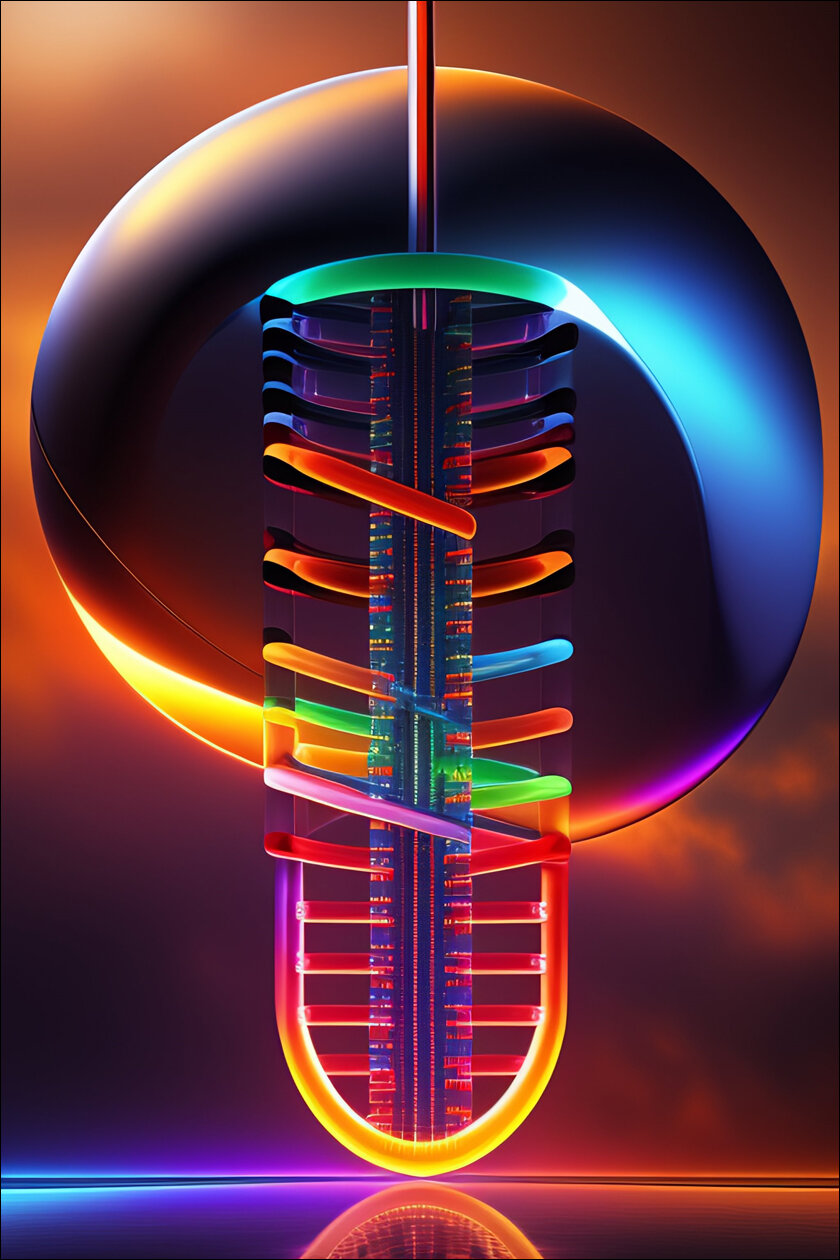
(Image Credit: Stable Diffusion)
Let us take a real example of DNA. DNA is made up of four building blocks called nucleotides we call: adenine, thymine, guanine, and cytosine we represent as A, T, G and C respectively. These four nucleotides attach to each other to form chemical bonds called base pairs, which connect the two DNA strands. This is the basis of all life on earth, and A, T, G and C are their semiotic representation. When you put it into a computerized system, you have the digital equivalence of live DNA.
Watching patterns in people with certain diseases lets you know what DNA corresponds with which disease e.g. multiple sclerosis risk is associated with variations in several HLA genes, most particularly the HLA-DRB1 gene, called HLA-DRB115:01. Thus, if we run your DNA test and put your genome into a system trained to identify HLA-DRB115:01, we can know without any physical test that you have the propensity to develop multiple sclerosis.
The Magnificence of Digital Biology
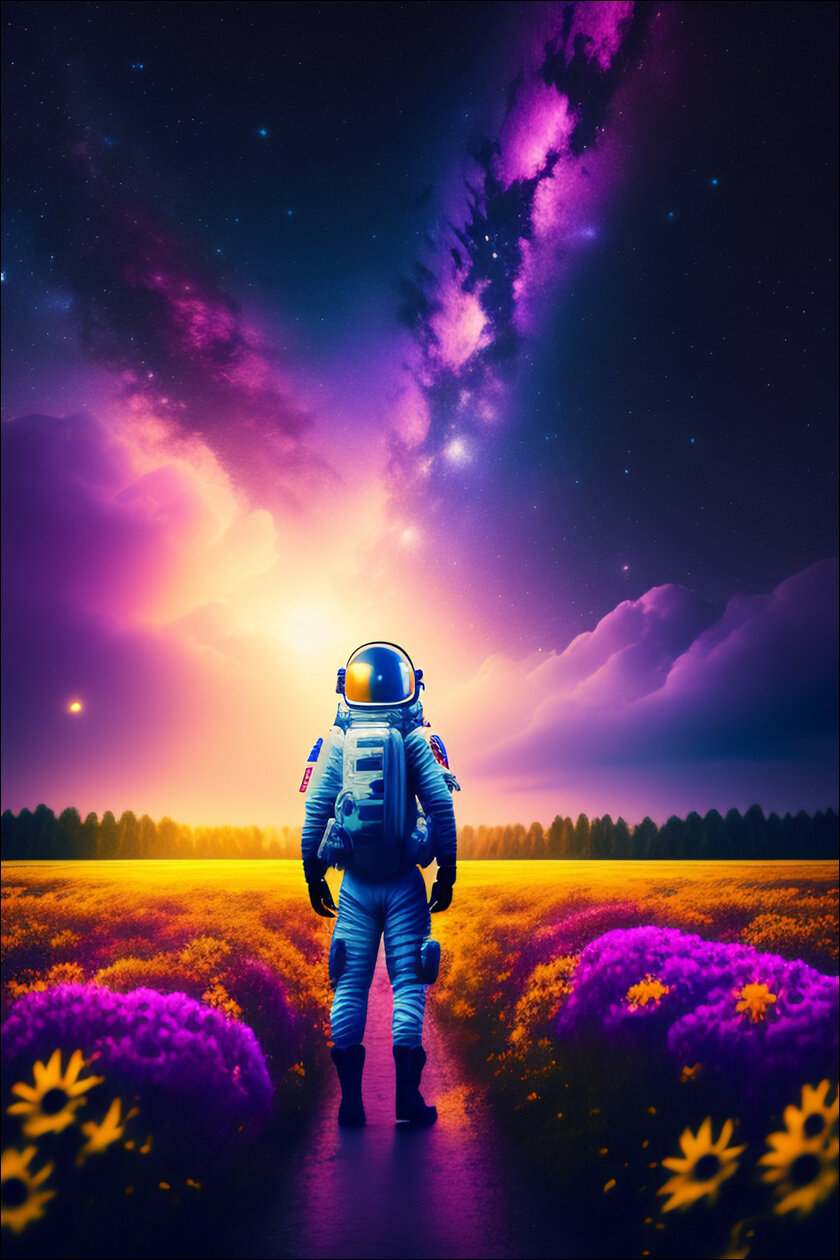
Increasing life expectancy by identifying and treating diseases is not the only goal of digital biology. It can be used for anything that involves life, from bettering agriculture by improving crop and yield to helping save extinction or even bringing back extinct animals or crops. It will also be crucial if humans are to become a multi-planetary species. Space is hostile to every life form and an ability to understand life up to the cellular level will be key to living out our interstellar exploration dreams. Besides, if a human lived 150 years, one might not mind spending 20 travelling to and from Uranus. A century ago, it would have been over half the lifespan of that human.
Digital biology is key in this quest because it combines every other field of science you can think of, from computer science and mathematics to engineering, physics, chemistry etc. It uses computational tools to try and first understand and then hopefully model biological systems.
Take the decades-long fight against testing drugs on animals or at times even unethical human testing. What if you could take out the need for these tests altogether? What if a digital system gets so good at predicting behaviours that you can eliminate most testing altogether?
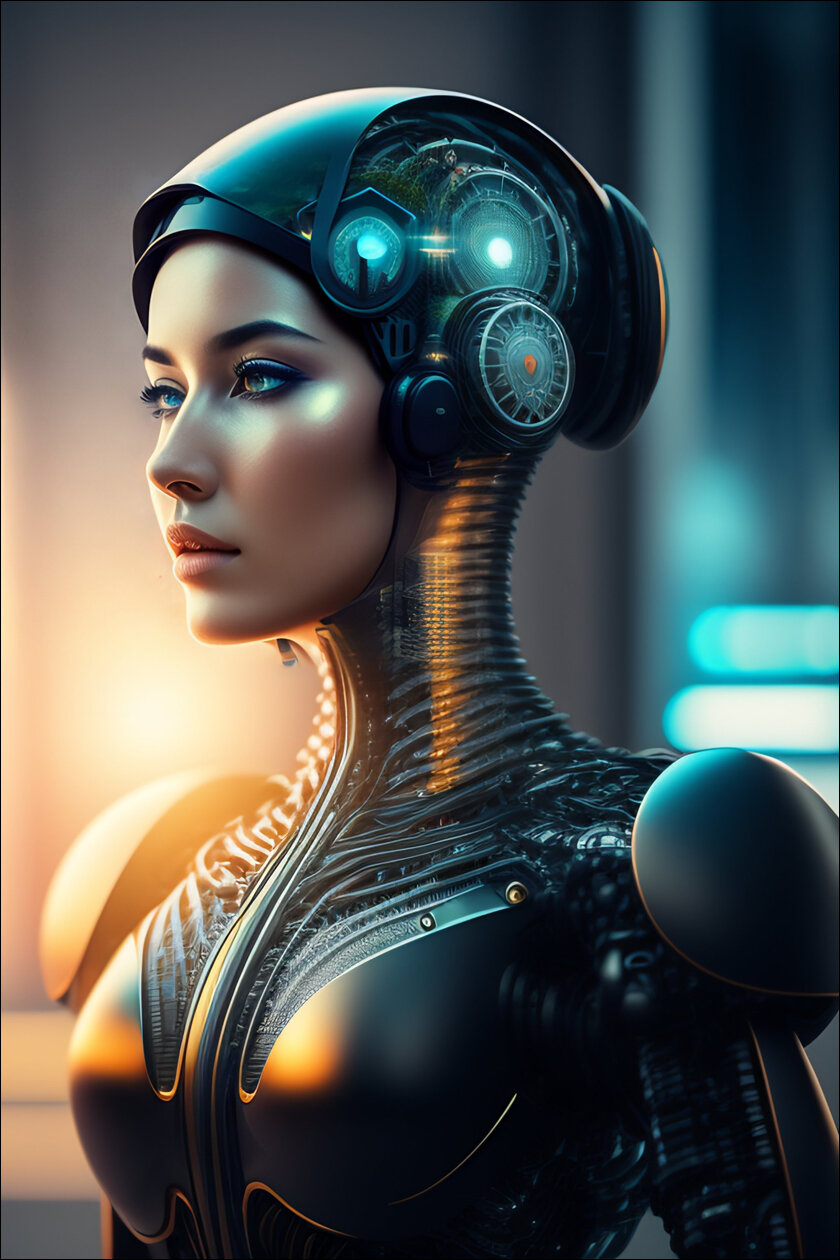
This ability of digital systems to simulate and predict behaviours of biological systems, to use a computer model to simulate interactions between molecules, cells, tissues etc., allowing researchers to test hypotheses and make predictions about how biological systems respond to different stimuli, is the current focus of a lot of research in the field. This has led us to computer models that predict the three-dimensional structure of proteins and use this information to design molecules that can bind to them. Once found, they can be quickly tested in vitro or in silico to determine their activity and selectivity. This entire process is known as structure-based drug design and has already been used to develop drugs for diseases including HIV, cancer, influenza and most importantly – COVID19.
After the full genome of the virus was released to the world by Chinese researchers in January 2020, BioNTech researchers did a run of known compounds that bind with the spike proteins of the COVID-19 virus. Over 3 days, they mapped out and tested in silico potential vaccines which showed promise. They took ten of these and tested them in humans over 10 months to finally release the first vaccine in November 2022, thus saving millions.
Without digital biology, the COVID-19 vaccine would have taken years to make and test (the previous record for making and releasing a vaccine the fastest was 4 years), forget releasing it to the world.
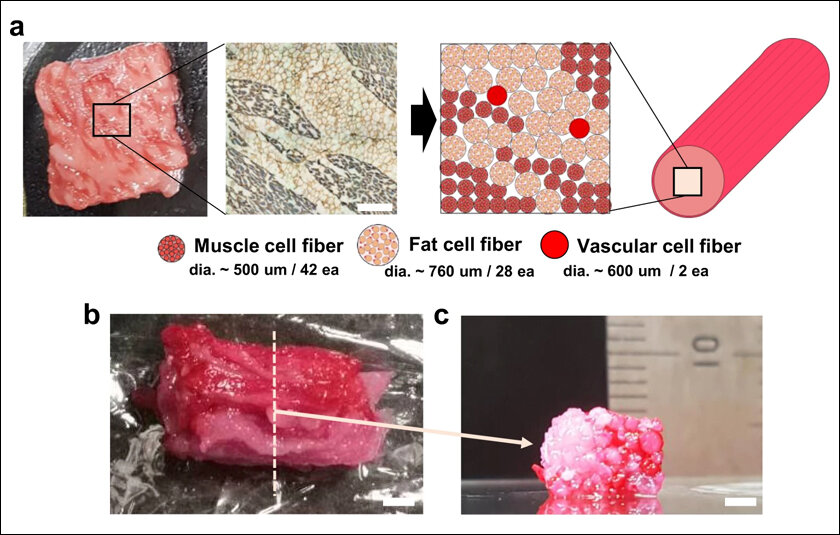
(Image Credit: Wikipedia)
One of the greatest fountainheads of this new branch of science, is the humongous amounts of biological data humans have created. In the last couple of decades, advances in high-throughput sequencing and other technologies have generated an endless array of biological data that is inside our computers, from genomes and transcriptomes to proteomes and metabolomes. Having it in computers allows researchers to analyze and make sense of this data, identifying patterns and relationships that would be difficult or impossible to detect with traditional laboratory techniques. Think of such a researcher like Neo in Matrix, who at the end of the first film, begins seeing humans for what they are – a top-down falling series of codes.
This is revolutionising everything, particularly medicine. Instead of giving generic medicines, we will soon have specific medicine for each individual’s requirements. This will also soon lead us to create everything from artificial organs to crops and even creatures that have never existed.
Quantum Computing and Digital Biology
Quantum computing is slated to change digital biology, and thus life on earth, radically. Not just because in studying the quantum mechanical properties to create computing devices, we are studying the fundamental building blocks of life, but also because the principles of quantum computing are close to life as quantum computing does not rely on the zeros and ones of a digital system, but on quantum mechanical properties that all living things are based on deep down.
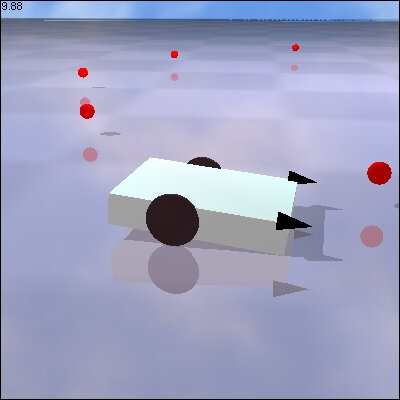
(Image Credit: Wikipedia)
The modelling and simulations of biological systems that we will be able to achieve in digital biology, are expected to be much more accurate and efficient in quantum computers than they are in classical computers. Secondly, quantum computers are exponentially faster than normal computers, which would be priceless in simulating large, complex biological systems. That they would reduce the cost of large calculations will also make the field much more democratic.
Yet, among them all is the holy grail of digital biology which I alluded to at the beginning: making a network where digital and biological information could pass freely in biological and digital systems. When that happens, you would not need to carry, say a mobile in your pocket. Instead, a tiny chip in your brain will directly collect your messages from your network provider and feed them directly to the necessary part of the brain so you can see these things not on an external monitor, but right inside your head like you do thoughts.
This, in essence, is what NeuraLink is trying to achieve. At the moment it seems like an impossible fantasy. But then so were many of the things we are surrounded with today. It is likely that it would come true, if not sooner, than later.
150, nay – the way digital biology is progressing, it is a matter of time before we crack the code for humans to live up to 200 years.
In case you missed:
- Why a Quantum Internet Test Under New York Threatens to Change the World
- Google’s Willow Quantum Chip: Separating Reality from Hype
- Microsoft’s Quantum Chip Majorana 1: Marketing Hype or Leap Forward?
- The Great Data Famine: How AI Ate the Internet (And What’s Next)
- AI Taken for Granted: Has the World Reached the Point of AI Fatigue?
- Quantum Internet Is Closer Than You Think, & It’s Using the Same Cables as Netflix
- AI vs. Metaverse & Crypto: Has AI hype lived up to expectations
- Prizes for Research Using AI: Blasphemy or Nobel Academy’s Genius
- Copy Of A Copy: Content Generated By AI, Threat To AI Itself
- You’ll Never Guess What’s Inside NVIDIA’s Latest AI Breakthrough

